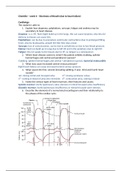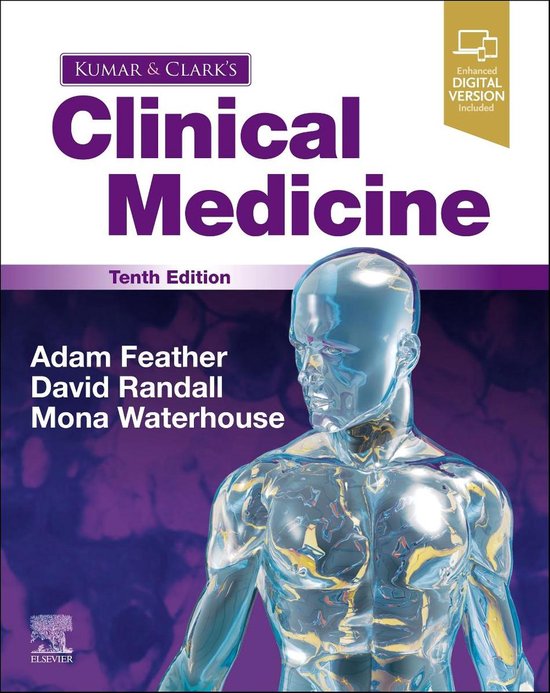Samenvatting
Summary 2.1.2.
- Instelling
- Rijksuniversiteit Groningen (RuG)
Summary study book Kumar and Clark's Clinical Medicine of Adam Feather, Randall (-) - ISBN: 9780702078682, Edition: 10th Revised edition, Year of publication: - (Overview checklist)
[Meer zien]





